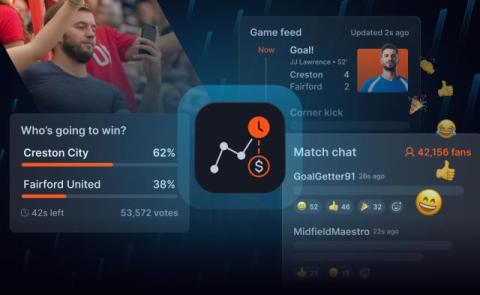How rejecting MAU pricing can unlock innovation in fan engagement
What it means to be a fan is changing. Whether the fandom focuses on a sports team, a streaming drama series, or a musical artist, fans no longer want to be passive consumers. Instead, they’re looking to feel as though they are a part of the action through channels such as live chat, realtime stats, and behind the scenes insights. But there’s a tension in delivering those fan engagement experiences. Without the right strategy, technology costs can quickly make them economically unviable.










